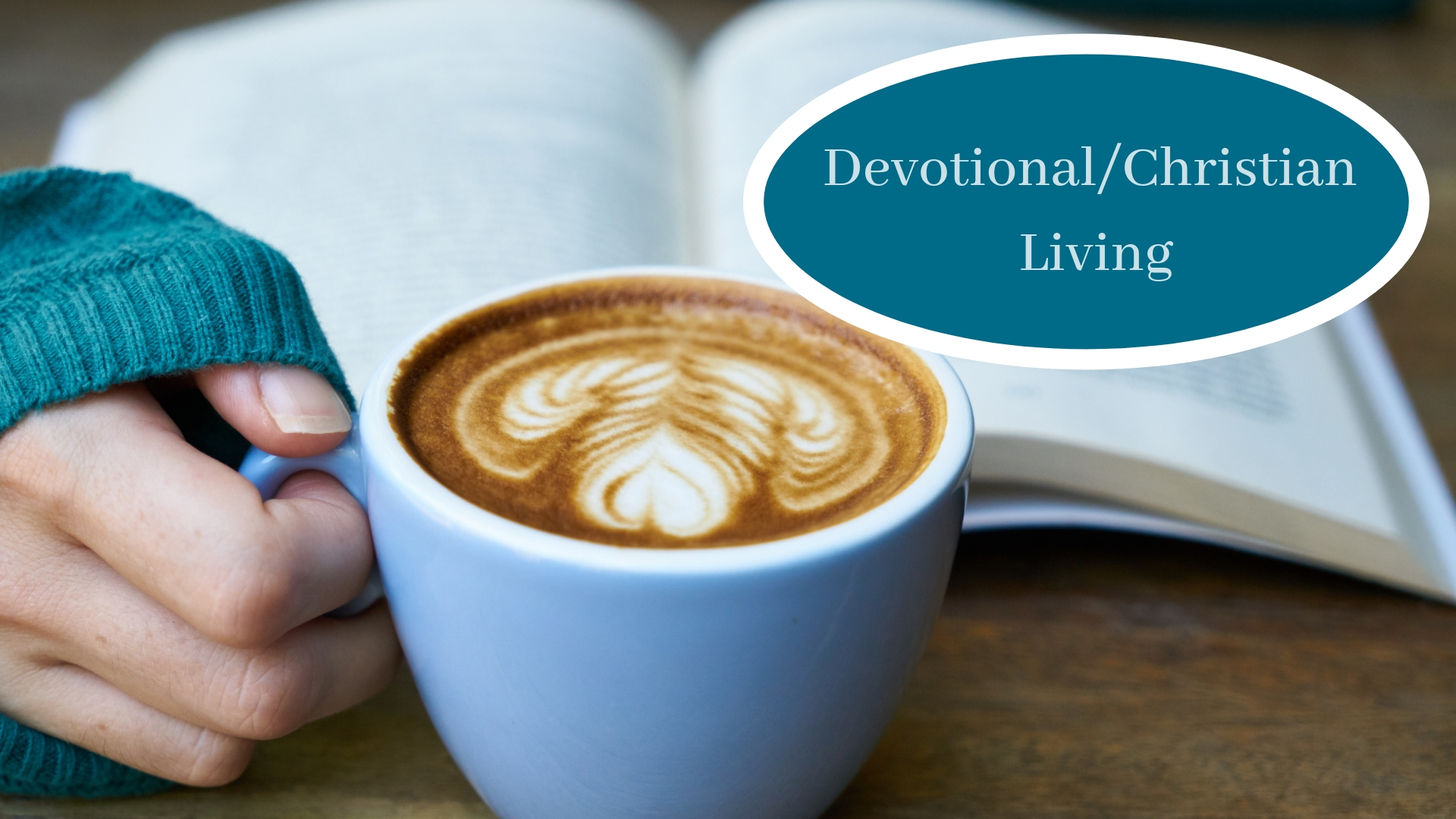
Our Most Important Sentence
Once the dream book is finally contracted, the most important writing starts. Essentially what we write in preparation for…
September 8, 2024
Once the dream book is finally contracted, the most important writing starts. Essentially what we write in preparation for…
September 8, 2024
I recently read a few middle grade novels I could not put down, even when sleep called loud and…
May 18, 2022
Let’s think like a potential reader for a second. We’re looking for a book to buy, and searching through…
January 31, 2021
I’m excited to say that I am almost finished with the first draft of my new screenplay. Getting the…
June 4, 2020
A short form devotional has three sections: a hook, a Bible passage connection, and a connection to the life…
May 19, 2020
Without a perfect bait a fisherman loses their chance in catching a fish. They must take their time and…
February 17, 2020
Do details matter? In the world of blogging, I would say, “Yes.” You labor over a beautifully crafted blog…
October 24, 2018
You might be asking what you actually submit to a publisher when you submit a picture book manuscript. I…
September 30, 2015